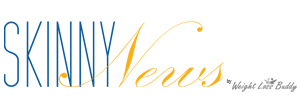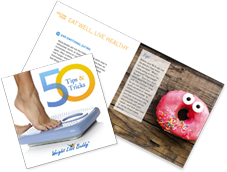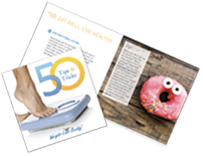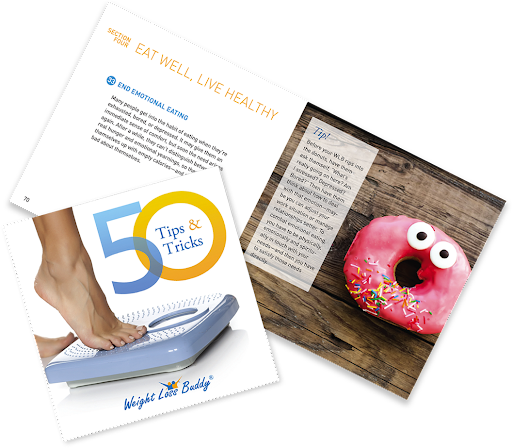How Can Intermittent Fasting Help Women Over 40?
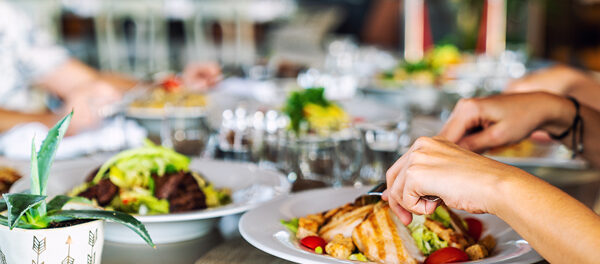
Some popular diet plans for postmenopausal women recommend intermittent fasting. But is it safe and effective for women over 40? When intermittent fasting (IF) was first proposed as a dietary approach, many nutritionists said any weight loss would likely be due to the calorie reduction that inevitably occurs when you limit the time you eat fasting. day and night. But since then, studies have begun to show that other factors may also be involved, making intermittent fasting an intriguing approach to weight loss. Intermittent fasting is an umbrella term for a variety of diets, all of which involve eating regularly at certain times and restricting calories at others.
According to menopause experts, some women in this age range gain weight around the abdomen, which can be difficult to dislodge. It is therefore not surprising that middle-aged women are particularly interested in a dietary approach aimed at them. But the decision of whether intermittent fasting is right for women over 40 must consider a number of factors.
What are the types of intermittent fasting? There are many different approaches to IQ. Some people choose one to three days in the week when they eat as little as possible, if at all. Another technique, known as a fasting-mimicking diet, involves severely restricting calories for five days a month. One of the most common JI approaches recommended for weight loss involves what’s called the 5:2 fast, where you eat normally for five days a week, but seriously restrict calories. , up to approximately 500 per day for women (600 for men), for the remaining two days. Other people use a time-restricted eating (TRE) process, normally eating for 8-12 consecutive hours in a day and fasting for the remaining hours. The Galveston Diet recommends middle-aged women follow a TRE plan that bans all food for a 16-hour window, called 16/8. Certain liquids are still allowed and even encouraged during fasting hours when little or no food is consumed. These are black coffee, teas (especially herbal teas) and water.
Excerpted from Oi Canadian
